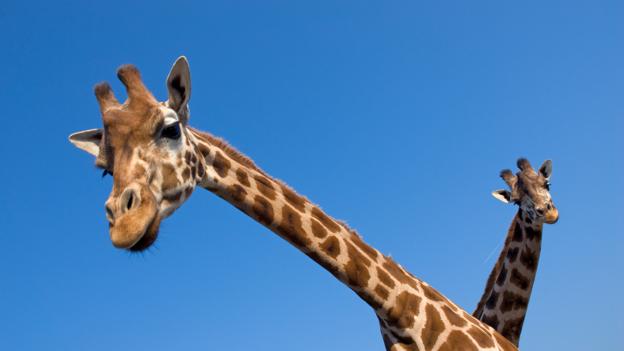Wednesday, September 4, 2019
Chapter 8: The Forest and The Trees
In chapter 8 we take a visit to Peru and meet scientist Miles Silman. Miles Silman is an ecologist and professor at Wake Forest University. He studies tropical systems of South America. Part of that focusing on trees, frogs, fungi, and birds located in South America. The chapter questioned a lot why tropical climates are so conducive to biodiversity, with that we learned theories such as animals reproduce faster in a tropical climate which leads to a variety of species. We also learn about “Latitude Diversity Gradient” which says that species produce more in lower heights and temperatures. Therefore, theories argue that there’s more biodiversity in tropical climates because they have relatively low-temperature fluctuation. This can be shown when different zones only harbor life with very specific temperatures capacities. As a result, there is a belief that animals live and strategize based off temperatures. This can be shown in the example shown in the book, Schefflera trees. When the trees die off due to low temperatures and altitudes, in the following years they grow in high temperatures and altitudes. I relate this to the APES theme of natural systems change over time due to animals adapting to what their environment is. It takes me back to earlier chapters and how the neck of a giraffe was used as Darwin’s example. (CL) I predicted that Darwin’s studies would continue to be prominent due to continuous growth in science. Due to this, I relate this back to another theme, that being that science is constantly changing.
Subscribe to:
Post Comments (Atom)

No comments:
Post a Comment